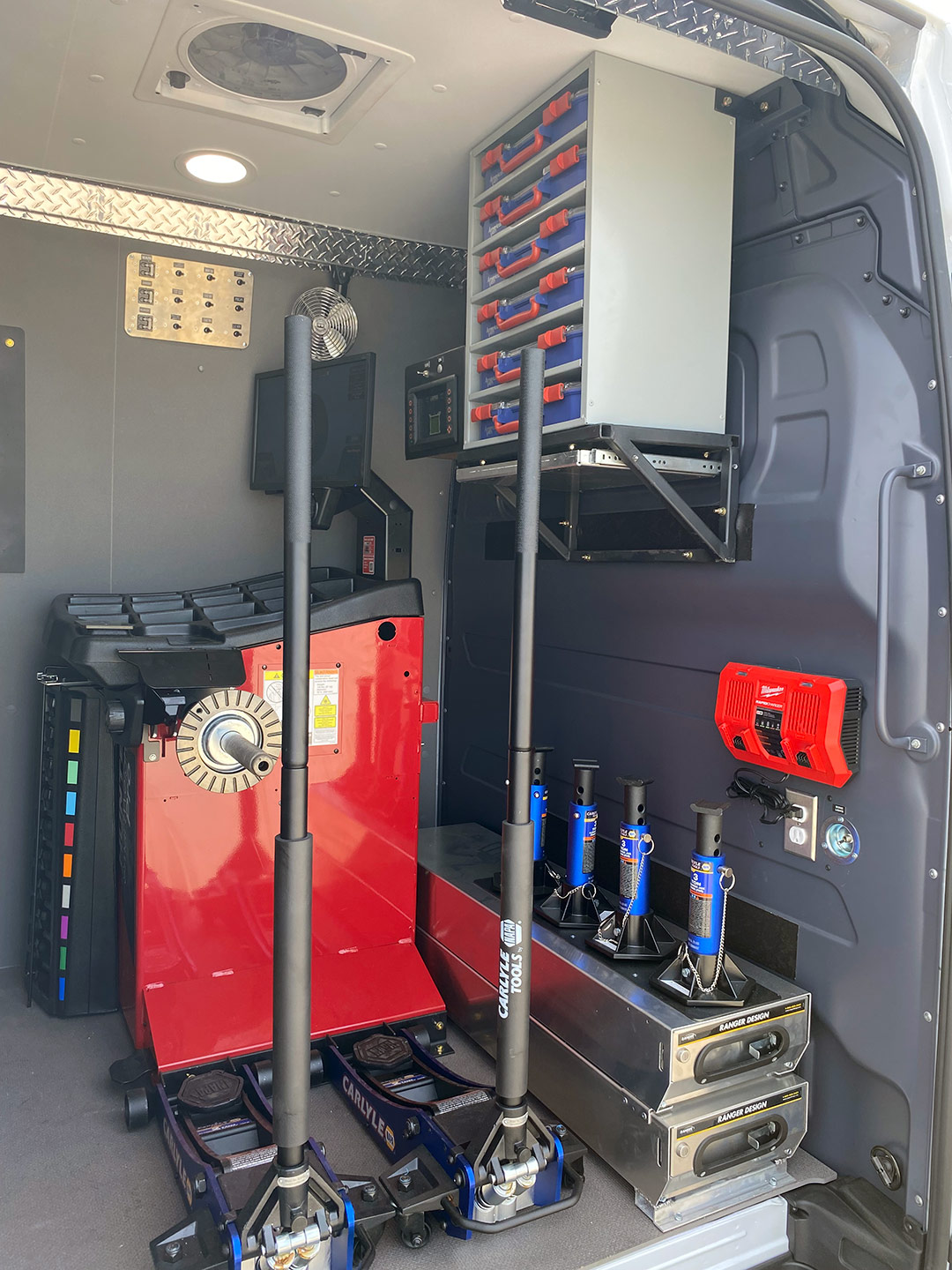Tire Solution: Proven Approaches for Optimal Tire Upkeep and Care
Keeping optimum tire problem is critical for both security and efficiency of any kind of vehicle. From ensuring correct tire pressure to normal rotation and positioning, there are tried and tested techniques that can significantly expand the lifespan of your tires and enhance total driving experience. As we explore the complexities of tire treatment and upkeep, we will uncover essential standards that every car owner should abide by for the very best feasible results. Let's delve right into the globe of tire solution and uncover the tricks to keeping your tires in top-notch shape for the lengthy haul.
Importance of Tire Stress
Correct tire stress is a critical consider making certain optimal automobile performance and security on the road. Preserving the advised tire stress levels supplied by the producer offers numerous benefits. Appropriate tire stress promotes much better fuel efficiency, as under-inflated tires can lead to boosted rolling resistance, causing the engine to work more challenging and eat even more fuel. Right tire stress guarantees also step wear, boosting tire durability and conserving money in the lengthy run by postponing the need for premature replacements. Furthermore, appropriately pumped up tires add to boosted handling and braking abilities, essential for safe driving in numerous roadway problems. Over-inflated tires, on the various other hand, can lead to decreased grip and a harsher adventure. Alternatively, under-inflated tires are vulnerable to getting too hot, which can result in blowouts and accidents. Consistently changing and examining tire pressure, specifically soon journeys, is a simple yet reliable way to enhance vehicle performance, expand tire lifespan, and prioritize security when driving.
Tire Rotation Standards
When taking into consideration tire rotation guidelines, it is necessary to understand the importance of this upkeep task in taking full advantage of tire life expectancy and preserving ideal car performance. Tire rotation involves changing the position of each tire on a vehicle to make certain even step wear. Front tires have a tendency to wear quicker than rear tires as a result of guiding forces, making regular turning important for well balanced wear patterns. The suggested turning pattern varies depending upon whether a car is front-wheel, rear-wheel, all-wheel, or 4x4. Commonly, tires should be turned every 5,000 to 7,500 miles, or as encouraged in the lorry handbook. Disregarding tire turning can result in uneven wear, affecting handling, grip, and possibly compromising automobile safety and security. By sticking to proper rotation guidelines, motorists can prolong the life of their tires, improve gas performance, and boost general driving experience. Normal rotation is an easy yet effective maintenance method that contributes significantly to tire long life and vehicle efficiency.

Benefits of Wheel Alignment
Making sure correct wheel positioning after tire turning is essential for preserving balanced wear patterns and making the most of car efficiency. Furthermore, correct wheel placement assists to prolong the life-span of your tires. Misaligned wheels can trigger uneven tire wear, leading to early tire substitute and enhanced maintenance expenses.

Tire Footstep Depth Examine
Doing a regular evaluation of tire walk depth is necessary for preserving safe driving conditions and extending the life-span of your tires. Unequal tread wear can indicate check out this site issues with tire placement, suspension, or pressure, highlighting the relevance of routine step deepness checks. By incorporating tire step depth checks right into your regular maintenance routine, you can drive with self-confidence understanding that your tires are additional reading in top problem.
Seasonal Tire Evaluation
Seasonal tire inspection is a basic element of tire upkeep that ensures tires are prepared to face the obstacles positioned by different climate conditions. In prep work for winter season, it is vital to check the tire stress on a regular basis as cool temperatures can cause tire pressure to go down. By conducting regular seasonal tire evaluations, chauffeurs can lengthen tire life expectancy, improve fuel effectiveness, and most importantly, guarantee a safe driving experience in differing weather condition problems.
Final Thought
Finally, preserving proper tire pressure, turning tires consistently, aligning wheels properly, keeping track of step depth, and conducting seasonal assessments are crucial practices for ideal tire treatment. By adhering to these confirmed techniques, vehicle drivers can guarantee their tires last longer, do much better, and add to general vehicle safety and security. It is very important to prioritize tire maintenance to avoid mishaps, enhance gas efficiency, and lengthen the life-span of tires.
Appropriate tire stress advertises much better fuel performance, as under-inflated tires can lead to boosted rolling resistance, triggering the engine to work more challenging and eat even more find out fuel.When considering tire turning standards, it is necessary to recognize the relevance of this upkeep task in optimizing tire life expectancy and preserving optimal lorry efficiency. Seasonal tire evaluation is an essential aspect of tire upkeep that makes certain tires are prepared to face the challenges presented by various weather condition conditions. By conducting routine seasonal tire examinations, chauffeurs can lengthen tire life-span, enhance gas efficiency, and most significantly, ensure a safe and secure driving experience in varying weather conditions.
In verdict, maintaining appropriate tire pressure, revolving tires consistently, straightening wheels appropriately, monitoring walk deepness, and carrying out seasonal evaluations are necessary techniques for ideal tire care.